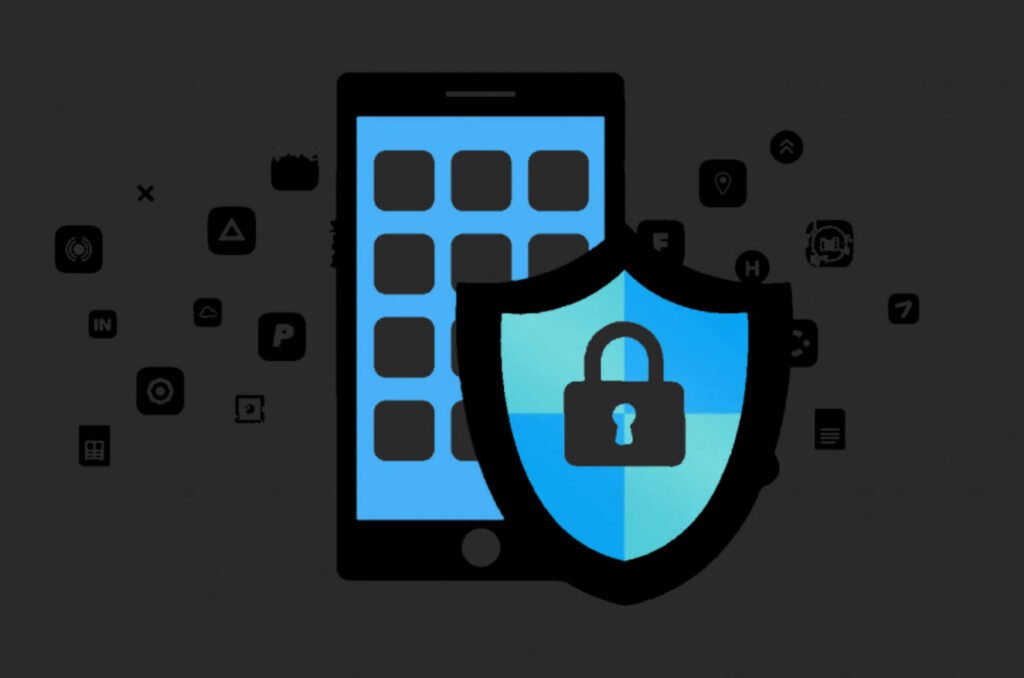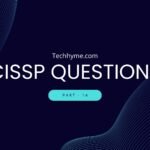ModSecurity, an essential component in the realm of web security, plays a pivotal role in safeguarding web applications from a wide range of threats and attacks. Its functionality can be broadly categorized into four key areas: parsing, buffering, logging, and rule enforcement. In this article, we will explore what ModSecurity does within these domains and how it contributes to enhancing web application security.
1. Parsing:
ModSecurity begins its work by parsing incoming data from web requests and responses. Parsing involves making sense of the data, and it is essential for identifying and mitigating security vulnerabilities effectively.
Key points about parsing in ModSecurity include:
- Supported Data Formats: ModSecurity supports a variety of data formats commonly found in web traffic, such as HTTP headers and request parameters. It employs security-conscious parsers specifically designed to extract and process these data elements.
- Data Extraction for Rules: The parsed data is not just processed for the sake of analysis; it is stored for use in the rules. This enables ModSecurity to make informed decisions based on the content of the requests and responses, enhancing its ability to detect and respond to potential threats.
2. Buffering:
Buffering is a critical feature of ModSecurity, as it ensures comprehensive analysis and reliable blocking of web traffic.
Here’s what you need to know about buffering:
- Request and Response Buffering: In a typical installation, ModSecurity buffers both request and response bodies. This means that it collects and stores complete requests before passing them to the application for processing and does the same for responses before they are sent to clients.
- Reliable Blocking: Buffering is instrumental in providing reliable blocking capabilities. By buffering complete requests and responses, ModSecurity gains a holistic view of web transactions, allowing it to make informed decisions about blocking potentially malicious traffic.
- Resource Consumption: While buffering is crucial for security, it does come at a cost. It requires additional RAM to store the request and response body data, which can impact server resources, particularly in high-traffic environments.
3. Logging:
ModSecurity offers comprehensive transaction logging, often referred to as audit logging. This feature goes beyond basic access logs and records detailed information about web traffic.
Key aspects of ModSecurity logging include:
- Complete HTTP Traffic Logging: With ModSecurity, you can record every aspect of HTTP traffic, including request headers, request bodies, response headers, and response bodies. This comprehensive logging is invaluable for forensic analysis and understanding the intricacies of web transactions.
- Control and Visibility: Full transaction logging provides administrators with the visibility they need to monitor and investigate security incidents effectively. It empowers them to see precisely what transpired during a web transaction, aiding in incident response and threat mitigation.
4. Rule Engine:
The rule engine is the heart of ModSecurity, building on the foundation laid by parsing, buffering, and logging components. It takes charge of inspecting web transactions and enforcing security policies based on predefined rules.
Here’s what you should know about the rule engine:
- Data Preparation: By the time the rule engine comes into play, all the necessary data extracted during parsing and buffered for analysis will be readily available. This includes information about the request, response, and other relevant elements.
- Rule Assessment: The rule engine assesses incoming web traffic against a set of rules. These rules define what actions should be taken when certain conditions are met. ModSecurity can block, log, or perform other actions as necessary to protect the web application.
- Customization: Administrators can customize the rules to align with their specific security requirements. This flexibility allows organizations to tailor ModSecurity to their unique application and security needs.
Conclusion
ModSecurity, with its parsing, buffering, logging, and rule enforcement capabilities, stands as a formidable guardian of web applications.



